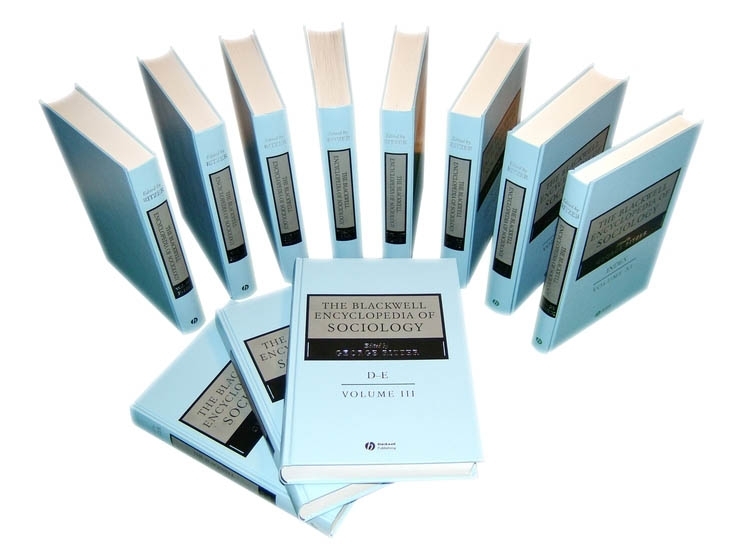Citations and Scientific Indexing
Abstract
A classic analytical distinction between a citation and a reference reads: “if paper R contains a bibliographic footnote using and describing paper C, then R contains a reference to C, and C has a citation from R.” According to this, citation and referencing are relations among published texts. But whereas referencing is an intratextual relation between a written word, statement, description, or even an entire argument and a bibliographic reference, citation is an extratextual relation between a complete piece of scientific literature, namely a book or a journal article (just to mention classic forms), and many other pieces of literature of a later publication date. A reader can easily see a reference by inspecting a text; after all, referencing is a technical standard for editing publishable texts. But a reader cannot see citation directly. Whereas referencing, when it happens, takes place within a singular piece of edited and published material, citation, when it happens, is something that takes place across a section of published literature and it becomes visible for a reader, so to speak, as long as some kind of bibliographic control of that literature can be exerted. This is the purpose that a citation index accomplishes. A citation index is a form to organize and display a body of bibliographical references. These references are collected from reference lists of journal articles, books, and so on, and then organized alphabetically by author. Once this list is ready, under each of the entries one finds the record of published works that have cited them at some point.



